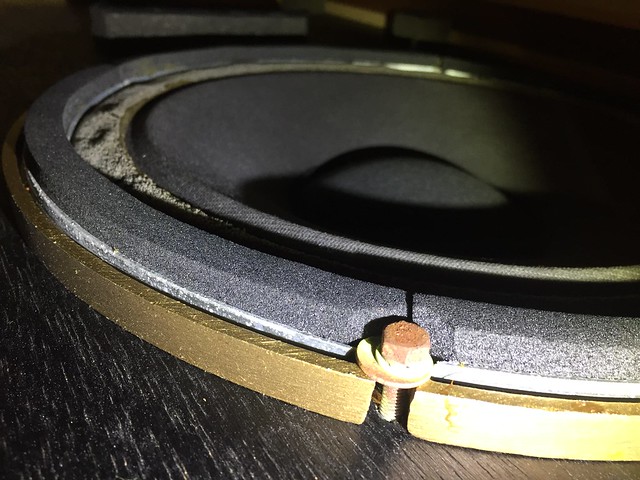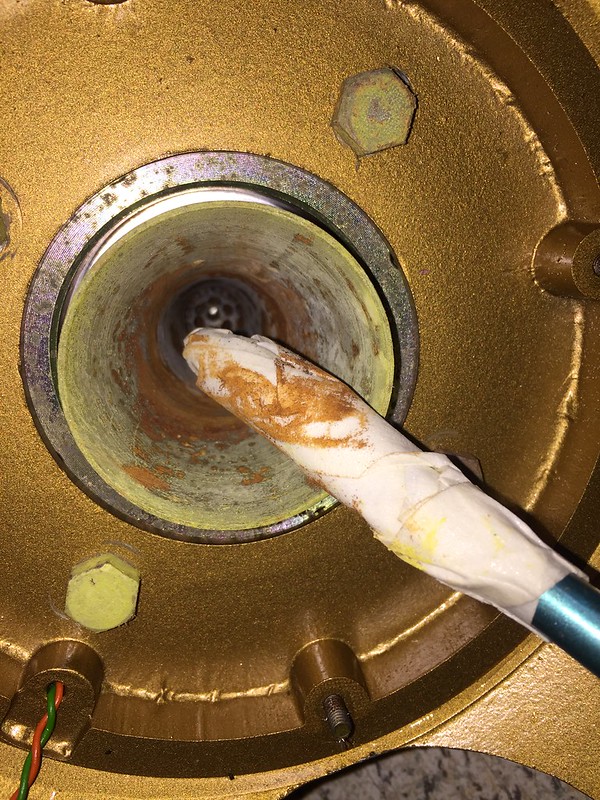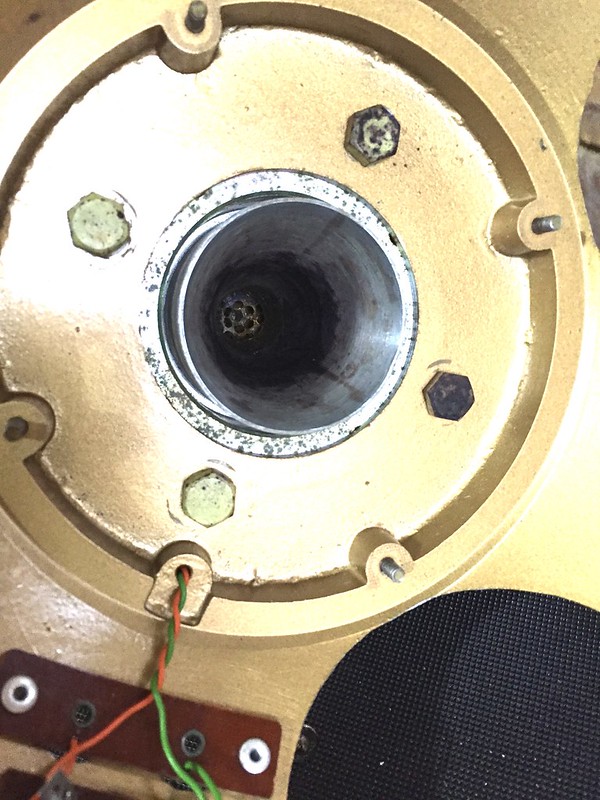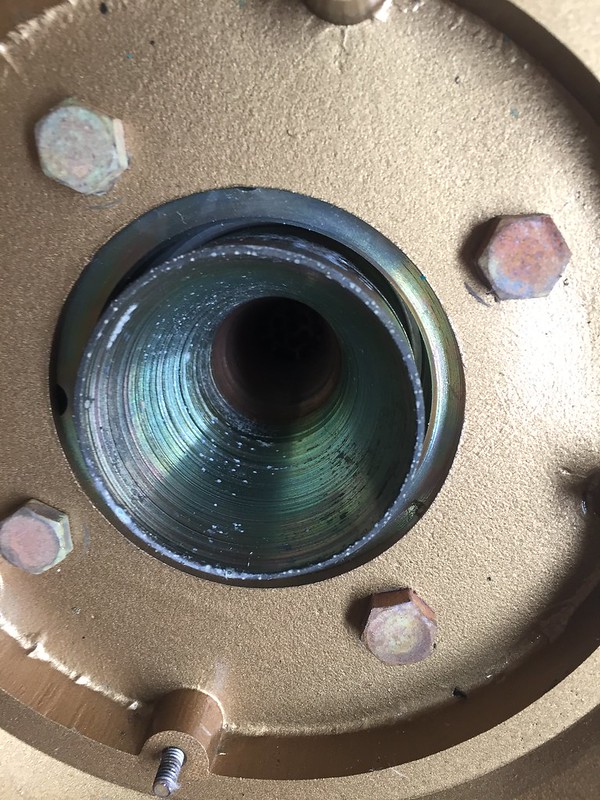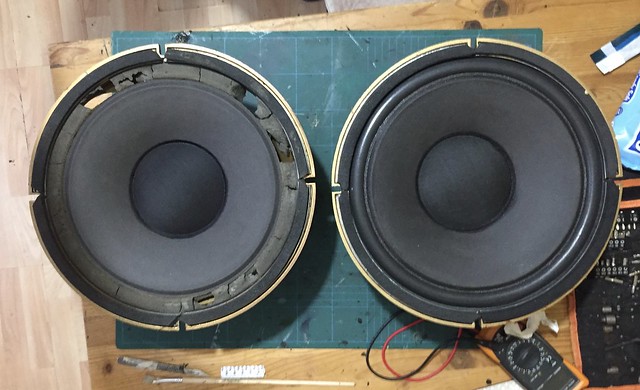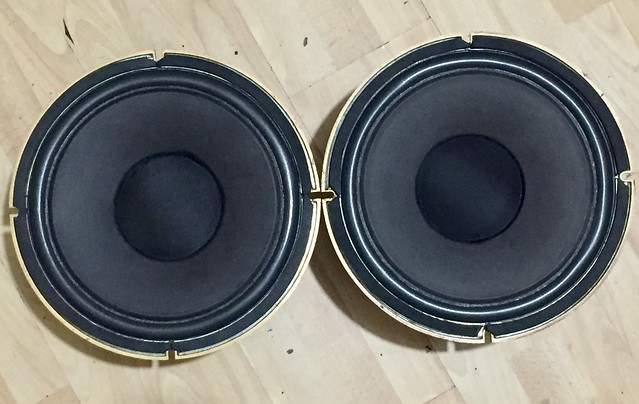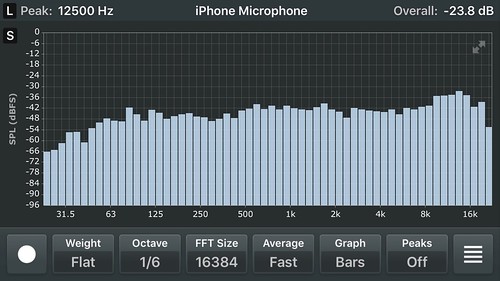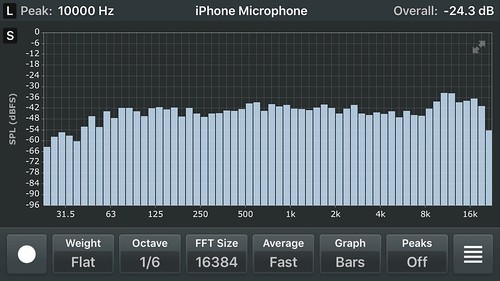Yep they are a newer version.The ones I had on were fixed. I didn’t feel they were too bright it was just the issue with that upper midrange. I could take the autoformers off the Troels ones I have made and construct original. But that will be a last resort after I have checked out drivers/tightness of bolts etc. I don’t use the plugs. The LF wired direct soldered and the HF section connected via a screw connection fixed to basket. I’m fairly convinced something relating to drivers given the cones were so wrong. Will document the strip down and see what I find.Looking at the eBay listing for a version of the Mainly Tannoy crossovers (link) it does appear that the level and roll off settings can be altered. If these crossovers in any way mimic the original ones I’d certainly try level -1 and roll-off -1 just to see if it is a simple level thing. Certainly every third party crossover I have heard to date has sounded too bright, and the advert for these actually claims it makes them ‘tighter and brighter’, which may well not be what you actually want.
PS The reason I use Tannoys is I love the way they sound, I don’t want them altered! (Mine are totally stock with level and roll-of in their ‘level’ position, though my amplification is a bit on the warm side, I’d likely alter the settings back a bit with modern solid state).
This site contains affiliate links for which pink fish media may be compensated.




